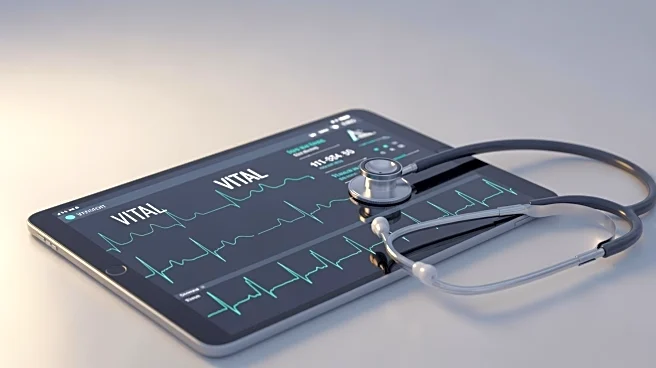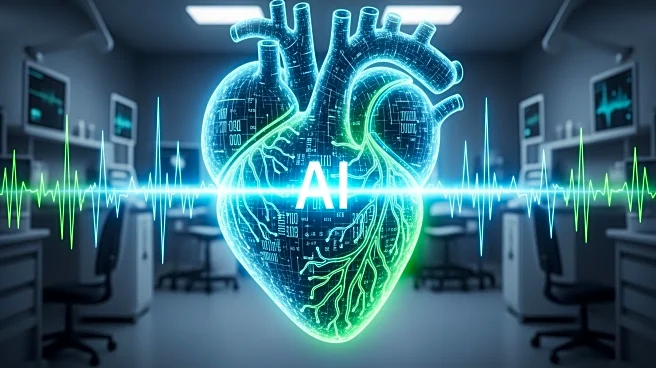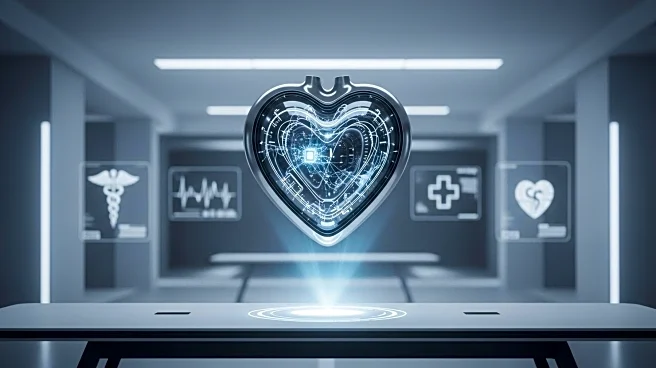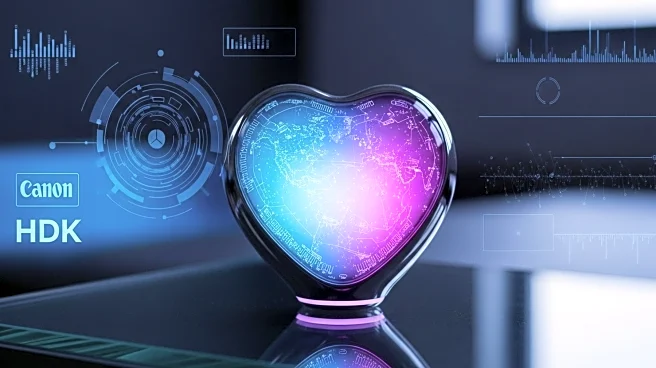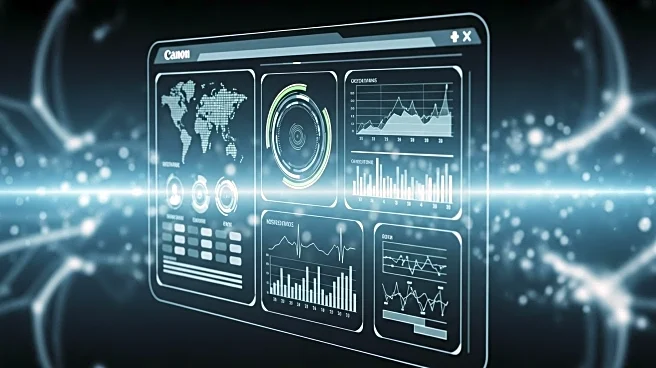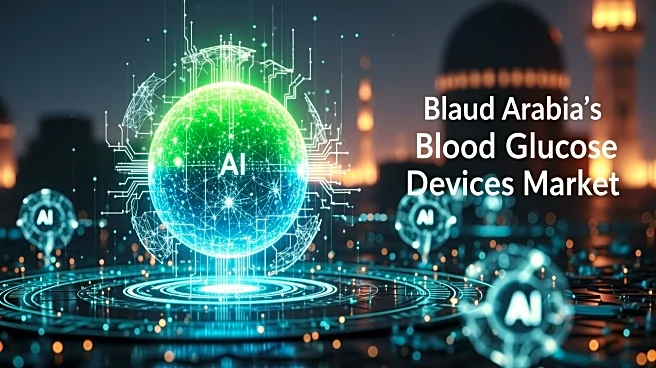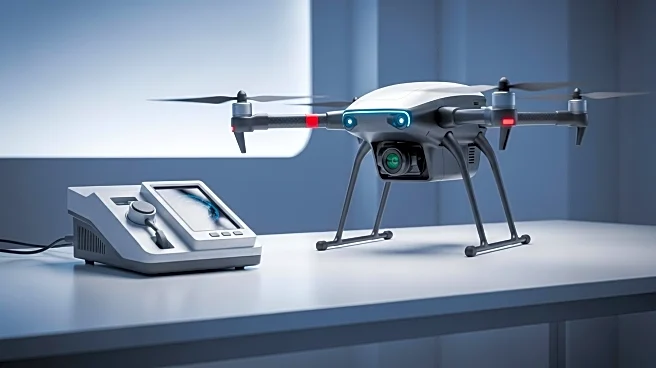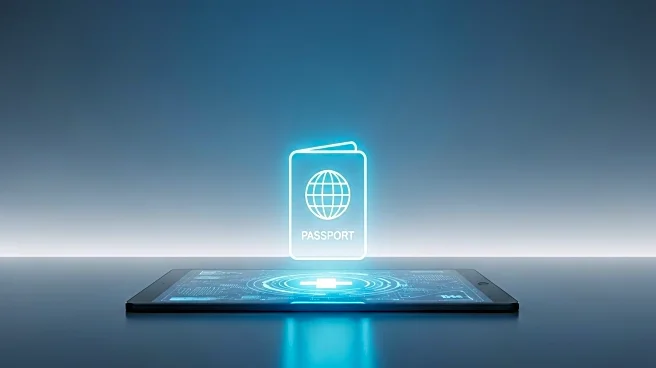What's Happening?
Remote Patient Monitoring (RPM) is emerging as a crucial technology in the healthcare sector, aimed at reducing hospital readmissions and improving patient outcomes. RPM allows healthcare professionals
to monitor patients with chronic conditions such as heart disease, asthma, COPD, and diabetes from their homes using medical devices like glucose meters and blood pressure monitors. This technology enables real-time tracking of vital signs, allowing for early detection of health deterioration and timely interventions. Studies have shown significant reductions in hospital readmissions, including a 37% decrease for heart failure patients. RPM also improves medication adherence by providing timely reminders and alerts, which helps prevent complications and further hospitalizations.
Why It's Important?
The adoption of RPM is significant as it addresses the ongoing challenge of hospital overcrowding, which leads to longer wait times, staff burnout, and poor patient outcomes. By reducing readmissions, RPM alleviates the burden on healthcare providers and enhances patient care. It empowers patients to engage actively in their health management, fostering a proactive approach to healthcare. The technology is expected to grow, with the market projected to reach $175 billion by 2027, indicating a shift towards patient-centered care. This evolution not only improves clinical outcomes but also offers economic benefits by reducing healthcare costs associated with hospital readmissions.
What's Next?
As RPM continues to gain traction, healthcare providers are likely to expand its use across various medical specialties, further integrating AI-driven insights and personalized care plans. The technology's growth signals a move towards a more sustainable healthcare system, where patients can manage their health effectively from home. This shift may lead to broader adoption of RPM, encouraging healthcare systems to invest in digital solutions that streamline operations and improve patient care. The ongoing development of RPM technologies will likely focus on enhancing data accuracy and expanding the range of conditions that can be monitored remotely.
Beyond the Headlines
The implementation of RPM raises ethical considerations regarding data privacy and security, as sensitive health information is transmitted and stored digitally. Ensuring robust cybersecurity measures will be crucial to protect patient data and maintain trust in these technologies. Additionally, RPM may influence healthcare policy, prompting discussions on reimbursement models and regulatory frameworks to support its widespread adoption. The technology also highlights the importance of digital literacy among patients and healthcare providers, necessitating training and education to maximize its benefits.
